(Alleged) Piece of Descartes' Skull
Could this controversial parietal bone be the remain of the famed French philosopher?
Influential French philosopher René Descartes, famous for his assertion “I think, therefore I am,” died in 1650 from pneumonia while in Stockholm as a guest of Queen Christina. Initially interred in Sweden, Descartes’ body was later moved to France. Subsequently, his skull went missing, likely removed in Sweden and sold, until its rediscovery in the 19th century. It was then returned to Paris, eventually ending up as the main attraction at the Musée de l’Homme.
However, a contentious case study from 2020 casts doubt on the authenticity of the intact skull in Paris attributed to Descartes. Instead, researchers at Lund University Historical Museum in southern Sweden assert ownership of a piece they believe to be genuinely from the great philosopher’s cranial remains. They suggest that after Descartes’ death, his skull underwent a “skull blasting,” an outdated method of splitting crania under pressure for sale to multiple buyers. Furthermore, they highlight that their specimen’s color and historical provenance align more closely with documented evidence compared to the Parisian skull.
Despite the controversy, the Musée de l’Homme in Paris has maintained a low profile. However, Martin Friess, the scientific director of its anthropological collections, expressed to the Swedish magazine Filter that they welcome and encourage all new scientific research on the authenticity of the museum’s human remains.
The possibility of resolving the mystery surrounding the disputed Lund and Paris artifacts through DNA analysis has been dismissed. This is not only because it’s a destructive process, but also due to the poor condition of Descartes’ remains in the cemetery in France and the absence of living descendants for comparison.
Meanwhile, at the Lund University Historical Museum in Sweden, their cranium piece, which for years had occupied an unassuming showcase, is now prominently displayed and labeled as the “Skull of Philosopher Descartes.” Resting upside down on a pedestal, within its dedicated case, the gray-beige skull portion, slightly larger than an adult hand’s palm, constitutes a section of the right parietal bone. On its inside, it bears a barely discernible brown inscription, which, translated from Swedish to English, reads: “Skull of Descartes, 1691, number 6.” The latter indicates that there were at least five other parts.
Descartes, the doubting philosopher, now leaves us doubting even the pieces of his mortal remains. As his skull traverses countries and controversies, it reflects his skepticism about certainty.
Know Before You Go
Descartes' (alleged) skull piece is located near the entrance to the Ethnographic Hall on the first floor of the Lund University Historical Museum in central Lund. For current opening hours and entrance fees, please refer to the museum's website.
Plan Your Trip
The Atlas Obscura Podcast is Back!



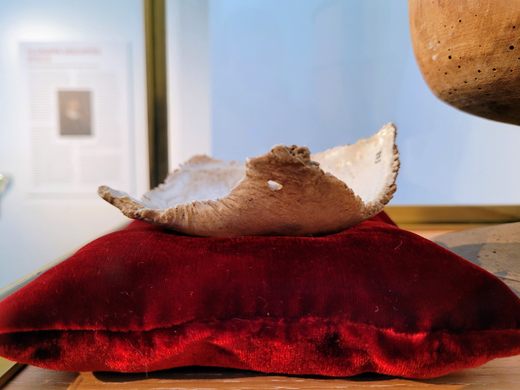
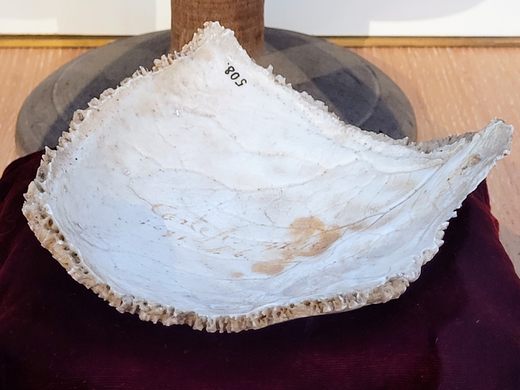
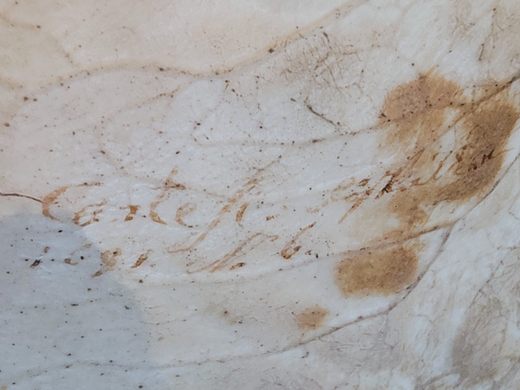
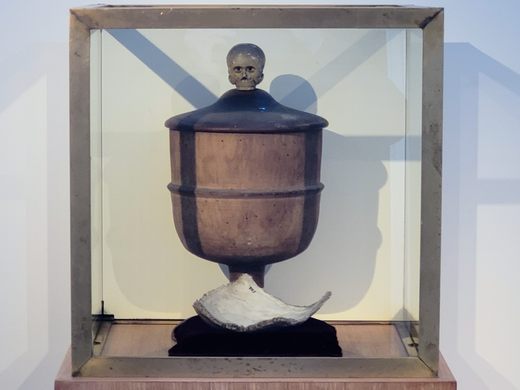




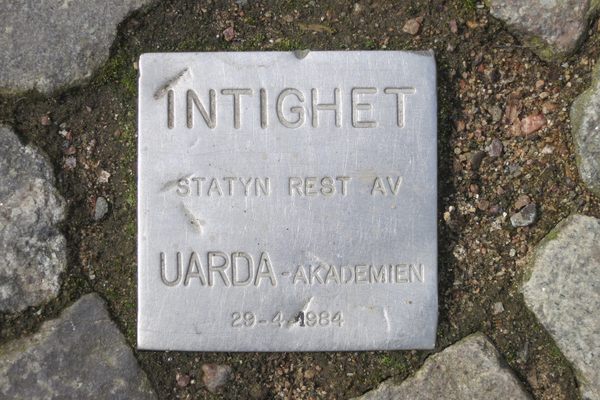

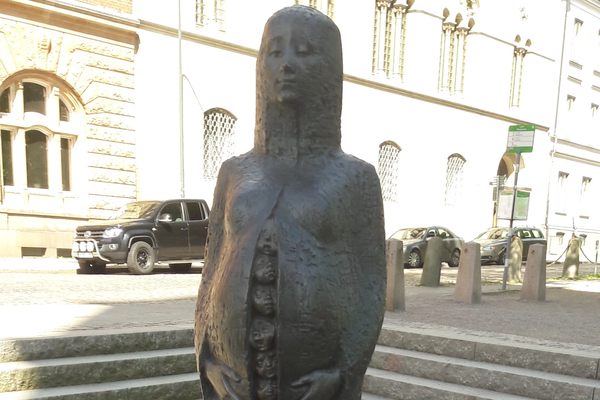
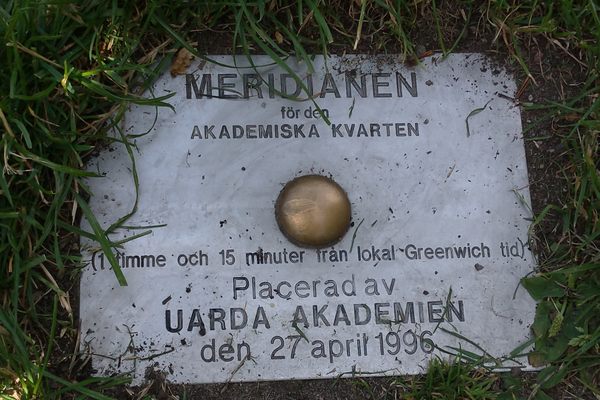


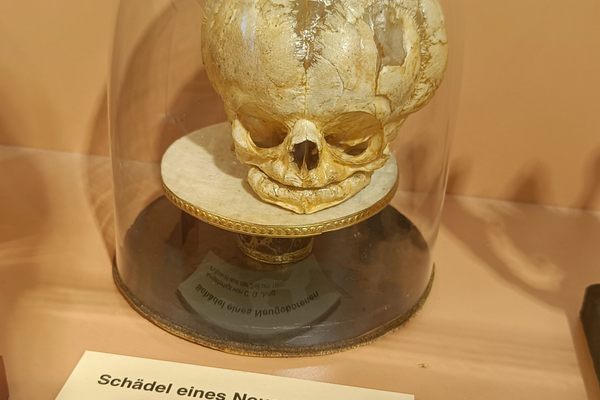
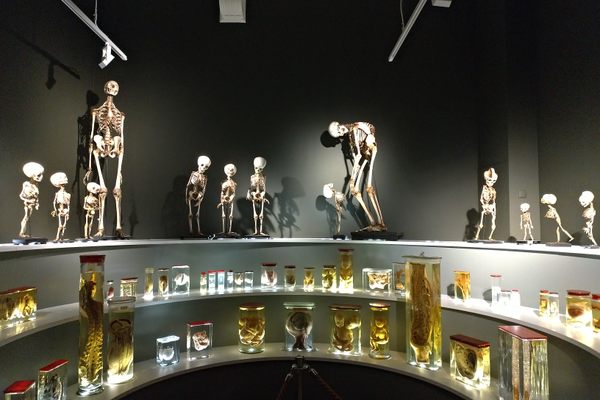

Follow us on Twitter to get the latest on the world's hidden wonders.
Like us on Facebook to get the latest on the world's hidden wonders.
Follow us on Twitter Like us on Facebook